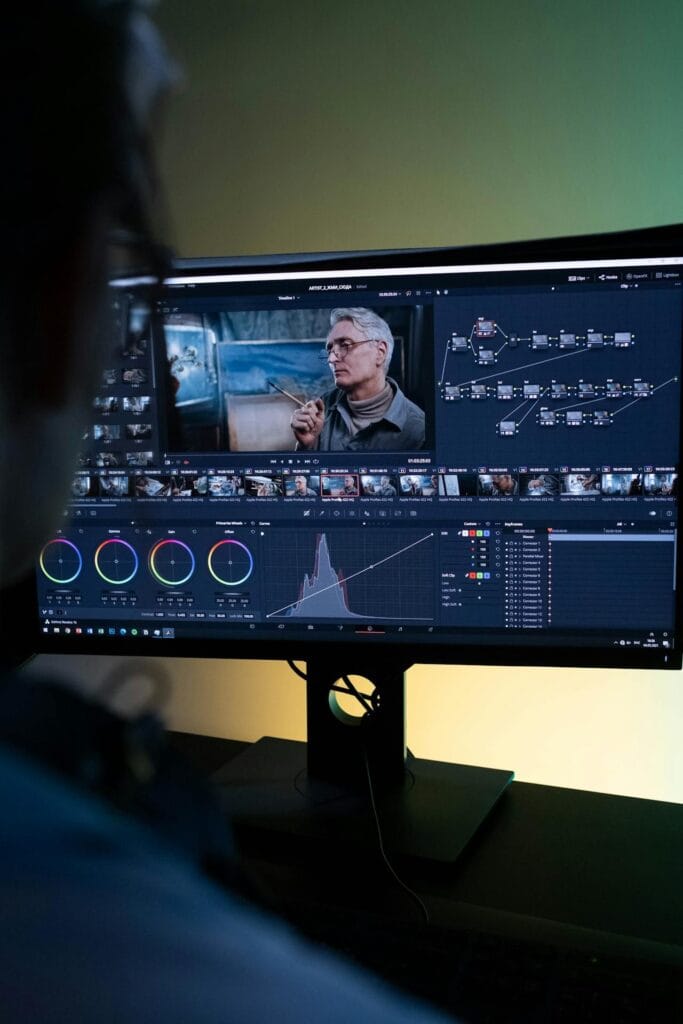Why Video Editing Matters
In the era of content creation, video editing has become a critical skill. From YouTubers to marketers, anyone looking to captivate an audience must learn how to edit videos effectively. Well-edited videos can tell compelling stories, evoke emotions, and leave lasting impressions.
Essential Tools for Video Editing
Start with beginner-friendly tools:
Desktop: Adobe Premiere Pro, Final Cut Pro, DaVinci Resolve (free).
Mobile: CapCut, InShot, or KineMaster for on-the-go editing.
Online: Canva and Adobe Express for basic needs without installations.

Steps to Edit a Video Like a Pro
1. Plan Your Video
Storyboarding: Outline your scenes and flow.
Scriptwriting: Write a script to ensure clarity and consistency.
2. Organize Your Footage
Import all media (videos, images, audio) into your editing software.
Arrange clips chronologically on the timeline for structure.
3. Trim and Cut
Remove unnecessary or repetitive footage.
Focus on maintaining a logical flow to keep viewers engaged.
4. Add Visual Enhancements
Transitions: Use simple fades or cuts for a professional look.
Color Correction: Adjust brightness, contrast, and saturation for consistency.
Effects: Add text overlays, filters, and animations sparingly to highlight key moments.
5. Fine-Tune Audio
Balance sound levels to avoid jarring volume changes.
Sync background music with the video’s pace to evoke emotions.
Use noise reduction tools to improve audio clarity.
6. Review and Export
Watch your video multiple times to catch mistakes.
Export in the correct format for your platform (e.g., MP4 for YouTube).
Tips for Better Video Editing
Keep It Short: Capture attention within the first 10 seconds.
Use Templates: Pre-designed templates save time and add a polished look.
Experiment: Explore features like slow motion, split screens, or green screens.
Career Opportunities in Video Editing
Mastering this skill opens doors to careers in:
Film and TV production
Social media management
Marketing and advertising
Freelance content creation

